INTERVIEW: Isaki Uta, creator of "Is Love the Answer" and "Mine-kun is Asexual"
The creator of intriguing, thought-provoking stories about not-so-everyday grown-up relationships talks about doujinshi and drawing stories about the "A" in LGBTIA.
INTERVIEW: Isaki Uta, creator of "Is Love the Answer" and "Mine-kun is Asexual"
By Deb Aoki
While there’s now more manga about what it’s like to be gay, lesbian, and even trans in Japan available in English nowadays, Isaki Uta’s work is somewhat unique in that it shines a light on a different part of the LGBTQIA experience, namely the “A,” which stands for “asexual.”
Their one-shot graphic novel, Is Love the Answer? (available now from Kodansha) offers a thoughtful, nuanced take on a young woman’s struggle to have close relationships with someone who struggles to understand what “love” means with a partner who is asexual.
But Is Love the Answer? isn’t the only work by Uta available in English – Irodori Comics, a publisher of doujinshi, or self-published indie manga in English launched a Kickstarter campaign to offer a boxed set of printed editions of four of their early short stories: Leaper, Mermaid in a Bottle, Silkscreen and Mine-kun is Asexual.
Through Irodori, Uta graciously agreed to a Q&A about their work for Mangasplaining. While the Kickstarter campaign is nearly over, I hope this gives readers a glimpse into the person behind this intriguing, often thought-provoking mix of sci-fi, romance, drama, and slice-of-life manga stories.
BUILDING FROM SHOUJO MANGA FOUNDATIONS
Q: I really enjoyed reading your short stories, then reading “Is Love the Answer” afterwards. I can see the evolution of your visual storytelling, which is pretty neat to see. Even in the earliest work in this 4-book collection that Irodori is offering through Kickstarter, your artwork is very polished and evokes a uniquely soft and thoughtful mood. You have a lovely way of showing emotions through visual metaphors like water, starry skies and gauzy fabric, for example.
So speaking from an art perspective – are there any particular artists or manga/comics series that influenced your approach to visual storytelling?
ISAKI UTA: I was heavily influenced by Osamu Tezuka (creator of Astro Boy), Kyoko Ariyoshi (creator of ballet manga Swan), and Yukari Ichijou (creator of Yukan Club and Pride) in addition to shojo manga magazines like Nakayoshi and Hana To Yume from the 1990s.
I think shoujo manga is my foundation.
Q: How did you get into drawing manga? Was there a manga you read that made you think, “I want to be a manga artist?”
ISAKI UTA: The first manga that I ever read in my life was Crest of the Royal Family (Ouke no Monshou, by Chieko Hosokawa ). I was mesmerized by the gorgeous imagery of that book and that got me started on drawing.
Q: What’s the most rewarding thing about being a manga artist nowadays? What’s the hardest thing?
ISAKI UTA: The most rewarding thing is when my readers tell me how they feel about my stories.
The hardest thing is when my storyboard doesn’t get approved by the editors at all…
Q: There are lots of manga artists out there doing a lot of different types of stories. But what do you think makes your manga different and unique?
ISAKI UTA: I don’t consider myself to be that unique. Perhaps I may appear that way because my manga presents a mixture of differing elements because, although my foundation is the shoujo manga genre, I read through a wide range of manga genres quite exhaustively and was influenced by them all.
DRAWING COMPLEX RELATIONSHIPS
Q: One thing that really stands out for me about your work is how you depict young people dealing with complex emotions and relationships that aren’t easily defined. Can you share how you came to favoring drawing stories about these types of young people and relationships? Are these stories inspired by personal experiences, or from people you know?
ISAKI UTA: I think that I like to do such depictions perhaps because I believe it would be an enjoyable reading experience to identify a convincing reason behind a character’s dialogue or action in scenes that intentions or motives aren’t clear, rather than scenes where straightforward emotions are portrayed.
Q: Out of the four stories in this collection that’s being offered via Irodori’s Kickstarter campaign, do you have a personal favorite, or one that’s most meaningful to you?
ISAKI UTA: Leaper is a story I published right before my professional debut as a manga artist. It was the first story that received recognition from the editorial department of a publisher, and I won a small award for this story, so it brings back a lot of memories for me.
LEAPER (2018)
Q: What was the inspiration for this story? It feels a little bit like science fiction, but not?
In some ways, it feels like some of the other stories here – where the main character is different than everyone around her and has to reconcile her unique circumstances and identity, mostly alone. When you read this story now, what thoughts come to mind?
ISAKI UTA: There are times I contemplate if there can be a way to depict the protagonist’s parents to be more modernized.
While “Leaper” is Sci-Fi, I think its basis is a family drama.
Q: Do you think you’d ever want to revisit this type of sci-fi story again?
ISAKI UTA: If inspiration for a concept or story like this strikes me again, yes.
MERMAID IN A BOTTLE (2019)
Q: This one’s another complex relationship, this time between a brother and a sister, and a mermaid they find in a bottle. In the afterword, you mention that you love “sibling stories between an older brother and younger sister who are in a love-hate relationship.” What makes these sorts of stories interesting to you?
ISAKI UTA: I believe that when a sibling relationship consists of an older man and a younger woman, there occurs a difference in how the parents deal with each of them including how the parents raise or treat the siblings.
It won’t be a problem if such differences in parenting work out, but if the parents don’t do it well, then a younger sister may be forced to tolerate unfairness or the reversed situation (where the older brother must tolerate unfairness) can happen.
I think I like these stories because such discrepancies make it an easier setting for strife (drama) to occur.
Q: What’s possible in a story about a relationship with a brother and sister that makes the story feel different than if the male and female leads were not related to each other?
ISAKI UTA: I think it's a unique quality for older-brother-and-younger-sister relationship that they grow up in almost identical conditions, but they are treated so differently because of their genders.
I feel like such a sibling relationship makes it easier for fights to occur.
MINE-KUN IS ASEXUAL (2019)
Q: Looking at it now, almost four years after you first published this story, how do you feel about it? Did the final story end up being something different than you had originally planned, or did you have to make any adjustments along the way as you were drawing it?
ISAKI UTA: The storyboard came to my mind without any hassle, so I didn’t have any trouble deciding on what to do with it.
Q: How did it feel when you saw how readers reacted to it? Do you recall any moments where a reader had a memorable reaction or said something that was meaningful to you?
ISAKI UTA: I received an opinion that this story was justifying sexual harassment against asexual people.
And I do agree with that. I had intended to draw a love story between two characters who grow apart from each other due to their differences in sexual orientations. But I now feel that I was missing the perspective pointed out by the message.
Q: Why do you feel like it’s important to create stories like this?
ISAKI UTA: I hope that there will be manga stories with a diversity of opinion.
If people know that there are differing opinions on such subject matters, perhaps their understanding would come to change naturally.
Q: Have you read a manga that changed or influenced how you thought about LGBTIA+ issues?
ISAKI UTA: No, there was no manga that changed how I thought about LGBTQIA+ issues. I’ve formed it through my own introspection and interviewing others.
REFLECTIONS ON BEING A DOUJINSHI CREATOR
Q: As I understand it, these four stories were originally created and sold as doujinshi, self-published comics. “Hachiware-dou” is your circle name at doujinshi shows, yes? What does it mean?
ISAKI UTA: The “Hachiware” comes from the fact that my cat is a hachiware*.
[Translator’s note: “Hachiware” refers to a type of cat that is typically characterized as having black-and-white fur, with black fur parting on the face that resembling the Japanese kanji character 八 (hachi).]
Q: When did you start exhibiting/selling at doujinshi shows? What was it like at your first show?
ISAKI UTA: When I was in university, a friend took me to a doujin event centered around derivative works. I was astounded by how vigorous everyone was at the show.
Q: What does creating doujinshi allow you to do that you can’t do with manga you have published in a manga magazine or website?
ISAKI UTA: I think the good part about creating doujinshi is that even if the subject matter is something that may not produce sales in the commercial industry, if it’s something you want to write about, then you can do it.
PUBLISHING WITH IRODORI AND THE KICKSTARTER CAMPAIGN
Q: How did you meet the Irodori Comics team? How did they approach you to publish your work in English?
ISAKI UTA: Irodori Comics first approached me at COMITIA. I felt that it would be a big positive factor to gain the ability to reach English-reading audiences, so I agreed to work with them.
[Translator’s note: COMITIA is one of the major events for self-publishing artists in Japan. It happens 4 times a year at Tokyo Big Sight convention center, as well as other regional COMITIA shows. Unlike the other shows like Comic Market, a.k.a. Comiket, COMITIA features only original stories and illustrations, not fanzines or parody/tributes to other comics, games or anime series.)
Q: How has it been, having your work available digitally in English on Irodori? Have you gotten any interesting/memorable comments from English readers?
ISAKI UTA: I was happy to receive pieces of feedback from English-speaking readers who understand the concept of asexuality.
Q: You’ve been making manga for several years now --- do you have any goals or dreams that you hope to achieve as a manga creator in the next 5 or 10 years?
ISAKI UTA: As long as ideas for new stories keep coming to me, I’d like to continue drawing manga.
Q: Do you have anything you’d like to say to people who might be considering backing this Kickstarter campaign?
ISAKI UTA: Those of you who have bought the collection via a Kickstarter campaign, please let me know what you thought about it on X (formerly known as Twitter)! I will definitely reply to your review!
Get the Isaki Uta “Lost and Found” box set by supporting their Kickstarter campaign to get exclusive extras and more.
You can follow Isaki Uta on X/Twitter at @uta_isaki and on Pixiv too!
You can also check out the rest of the Isaki Uta collection on Irodori Comics and keep up with the latest doujinshi releases, both in print and digital from their X/Twitter at @irodori_aqua and @irodori_sakura for more “spicy” fare, including BL, yuri, and gay manga.

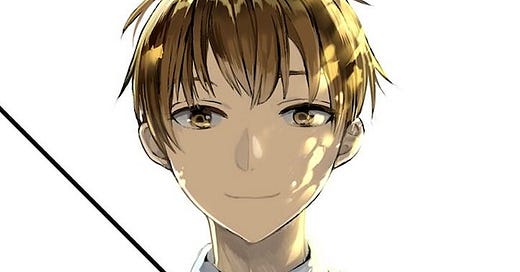


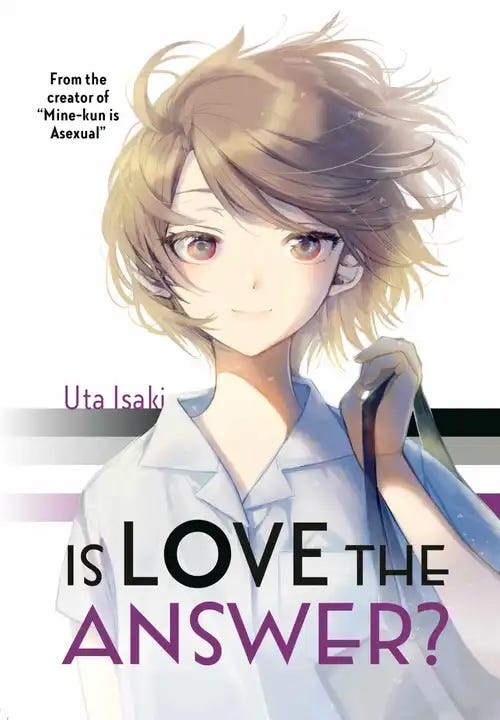
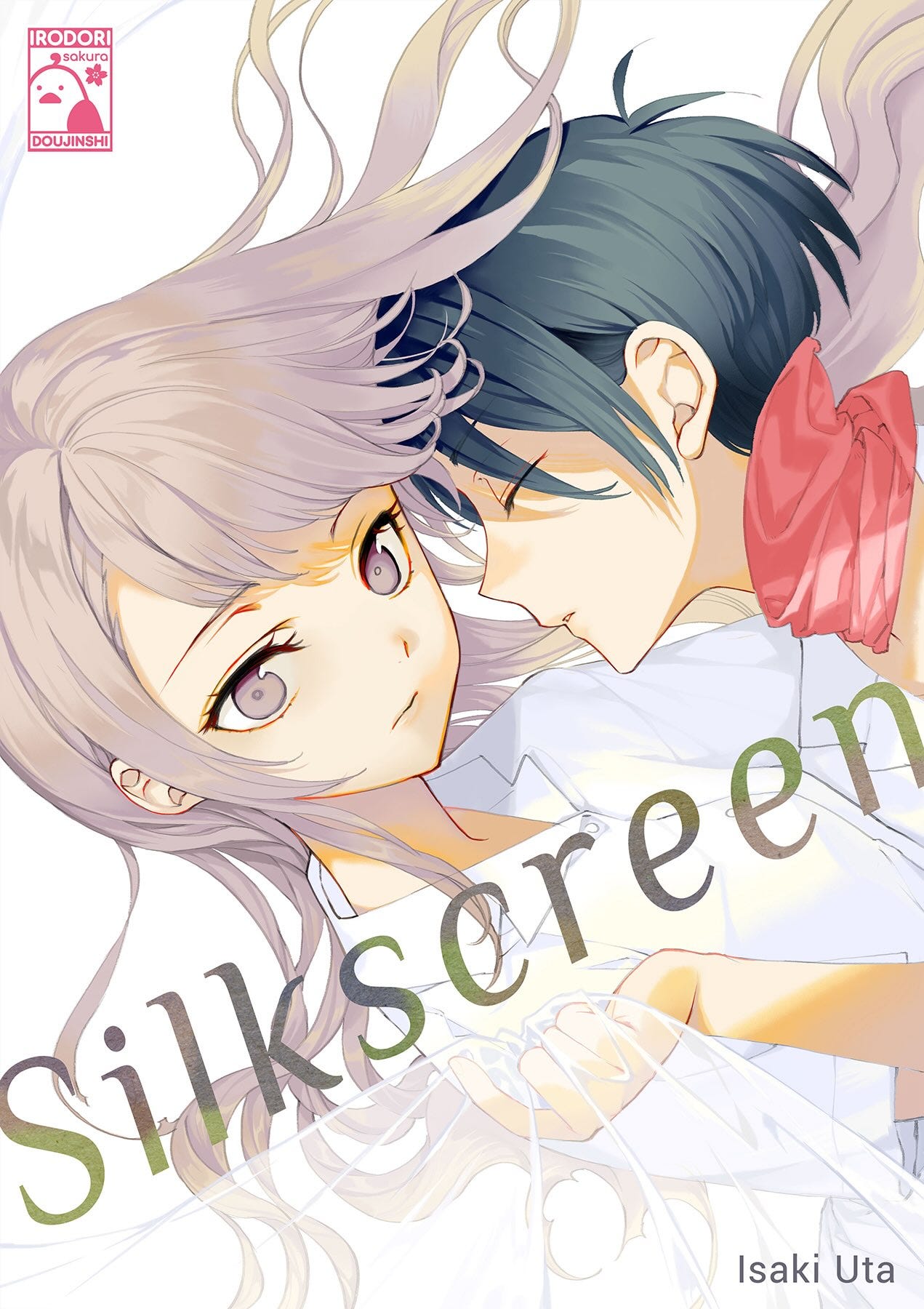

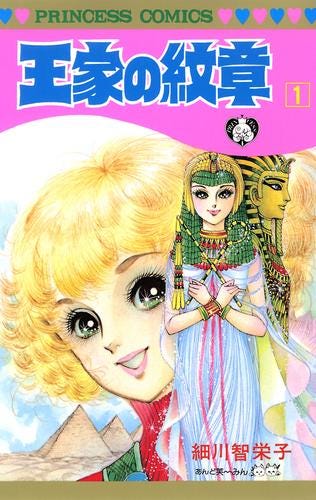
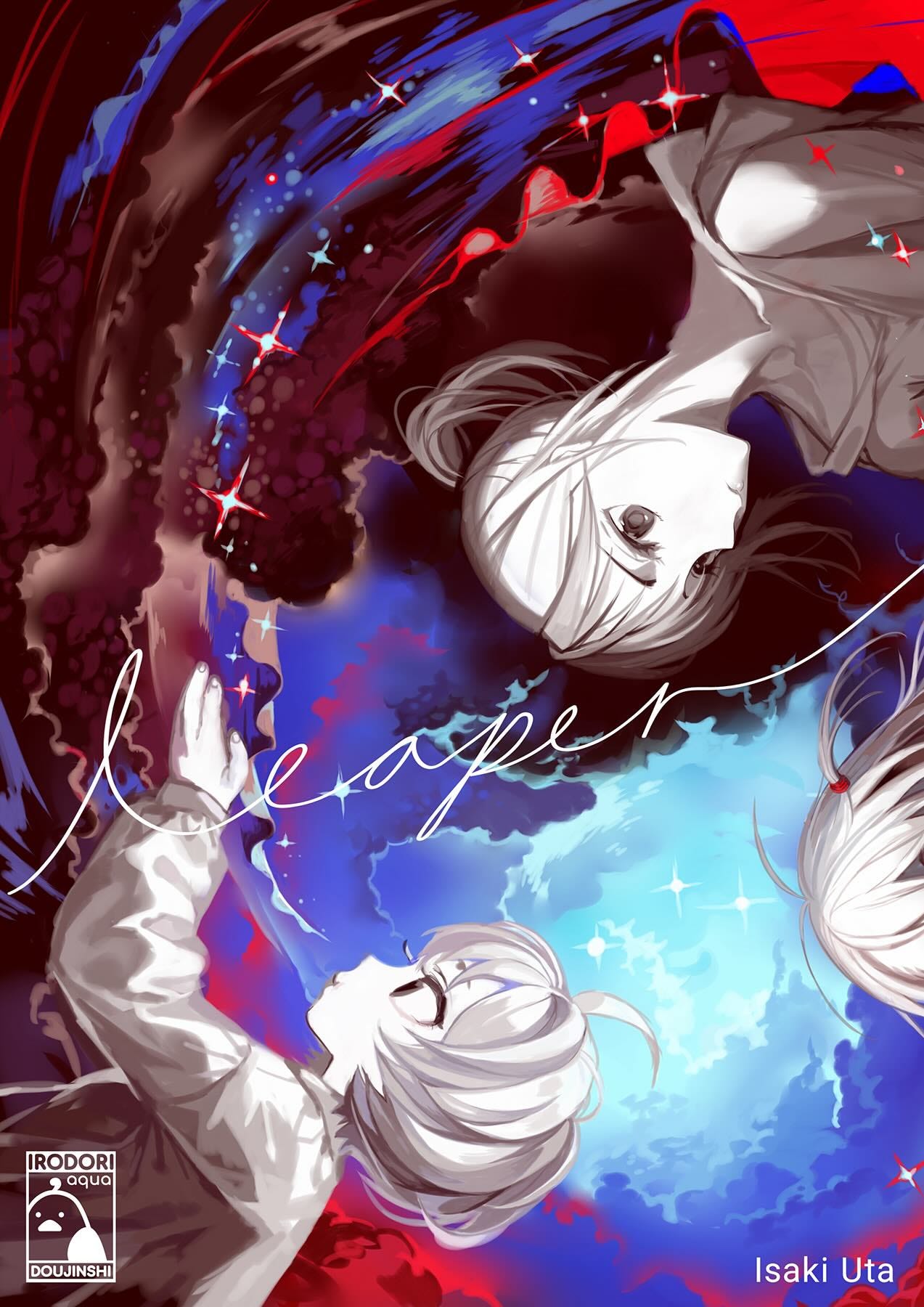
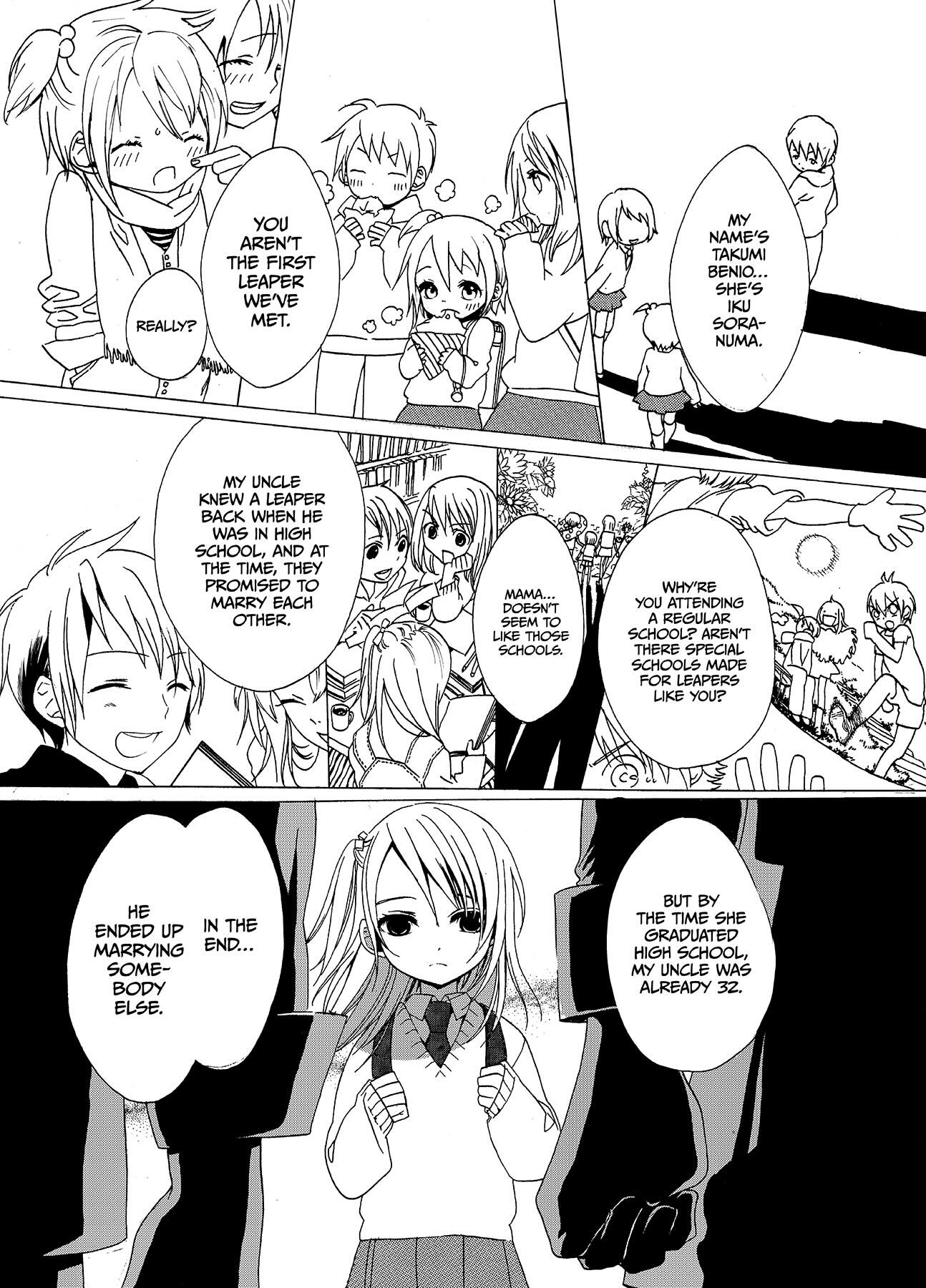

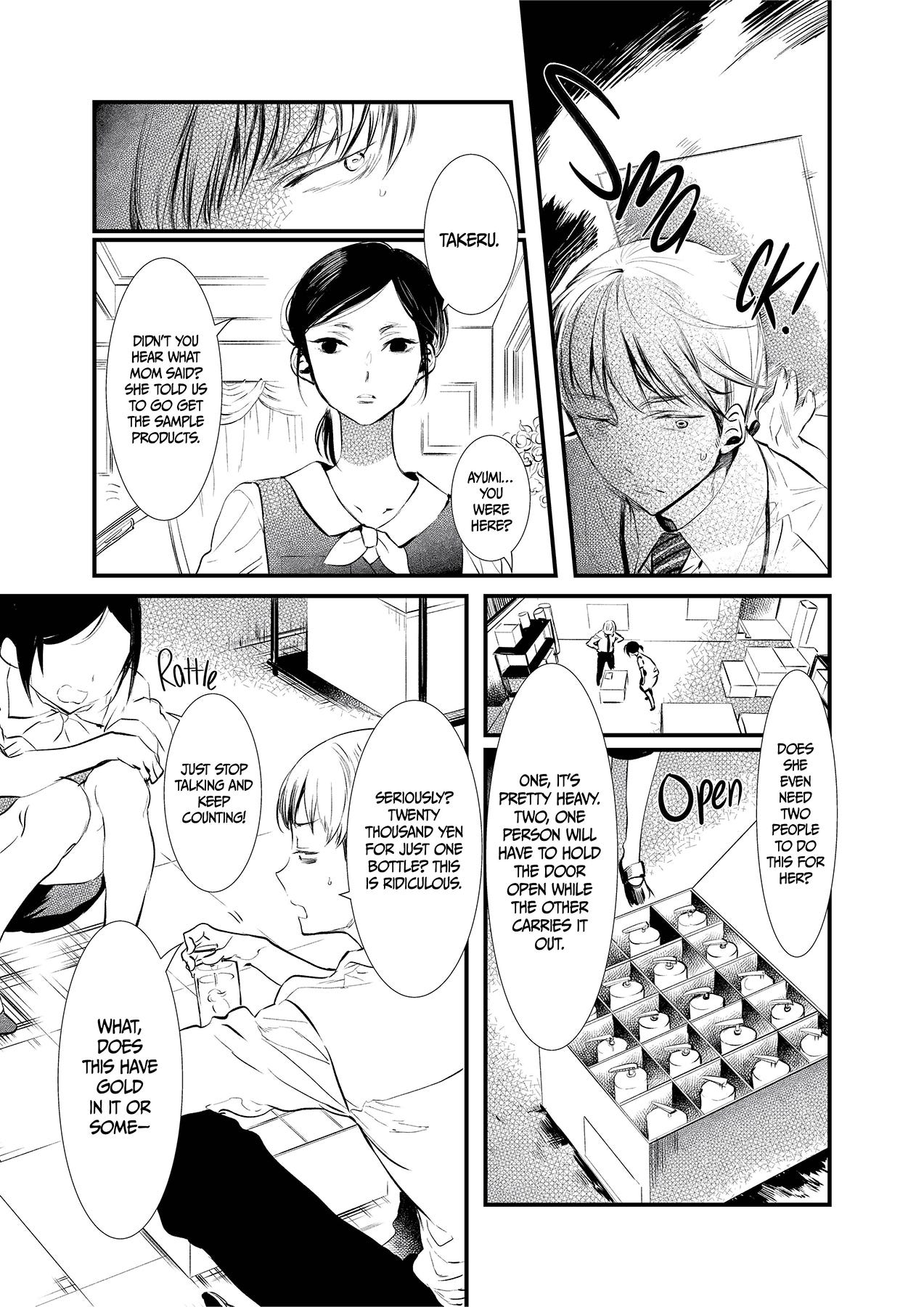
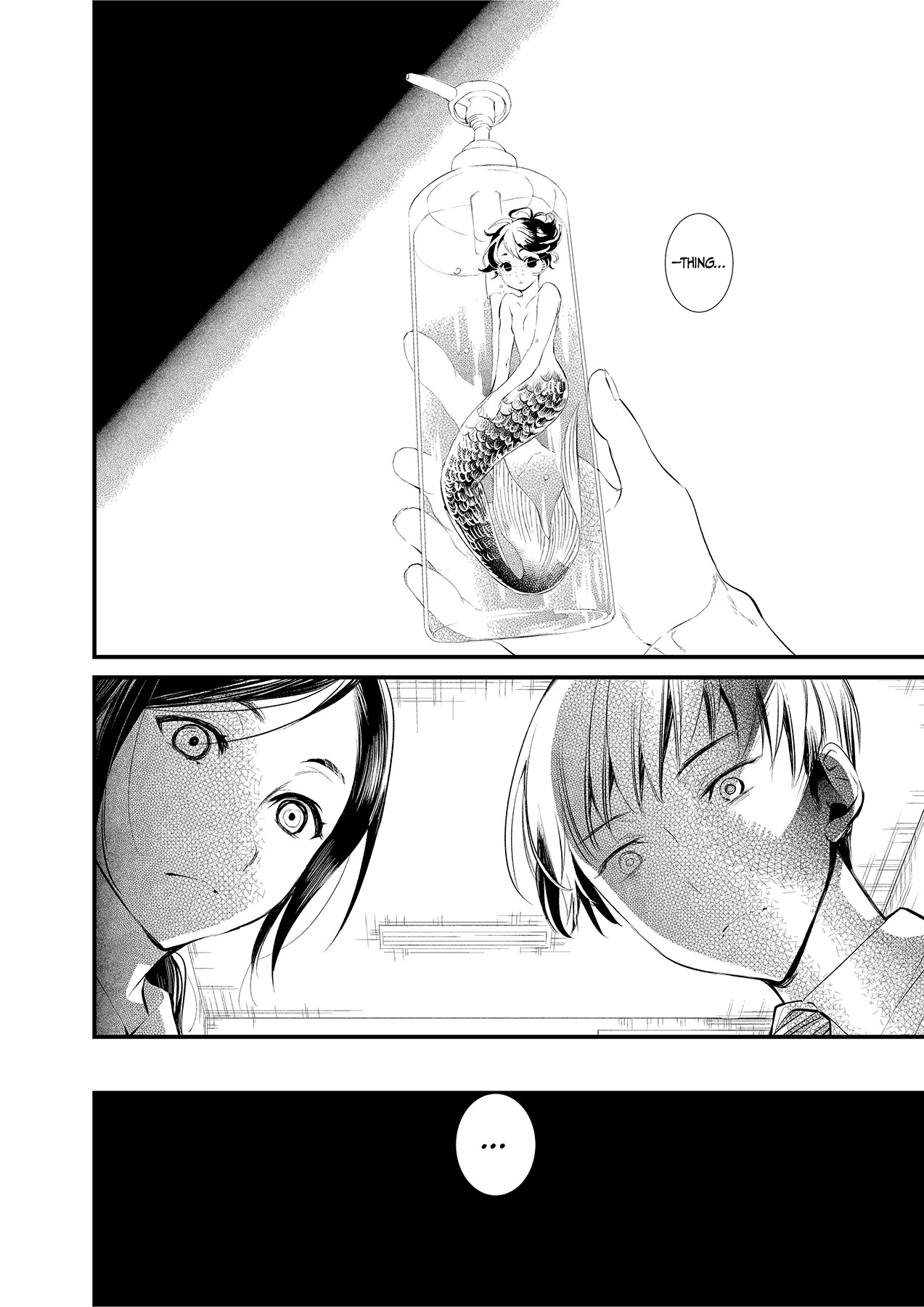





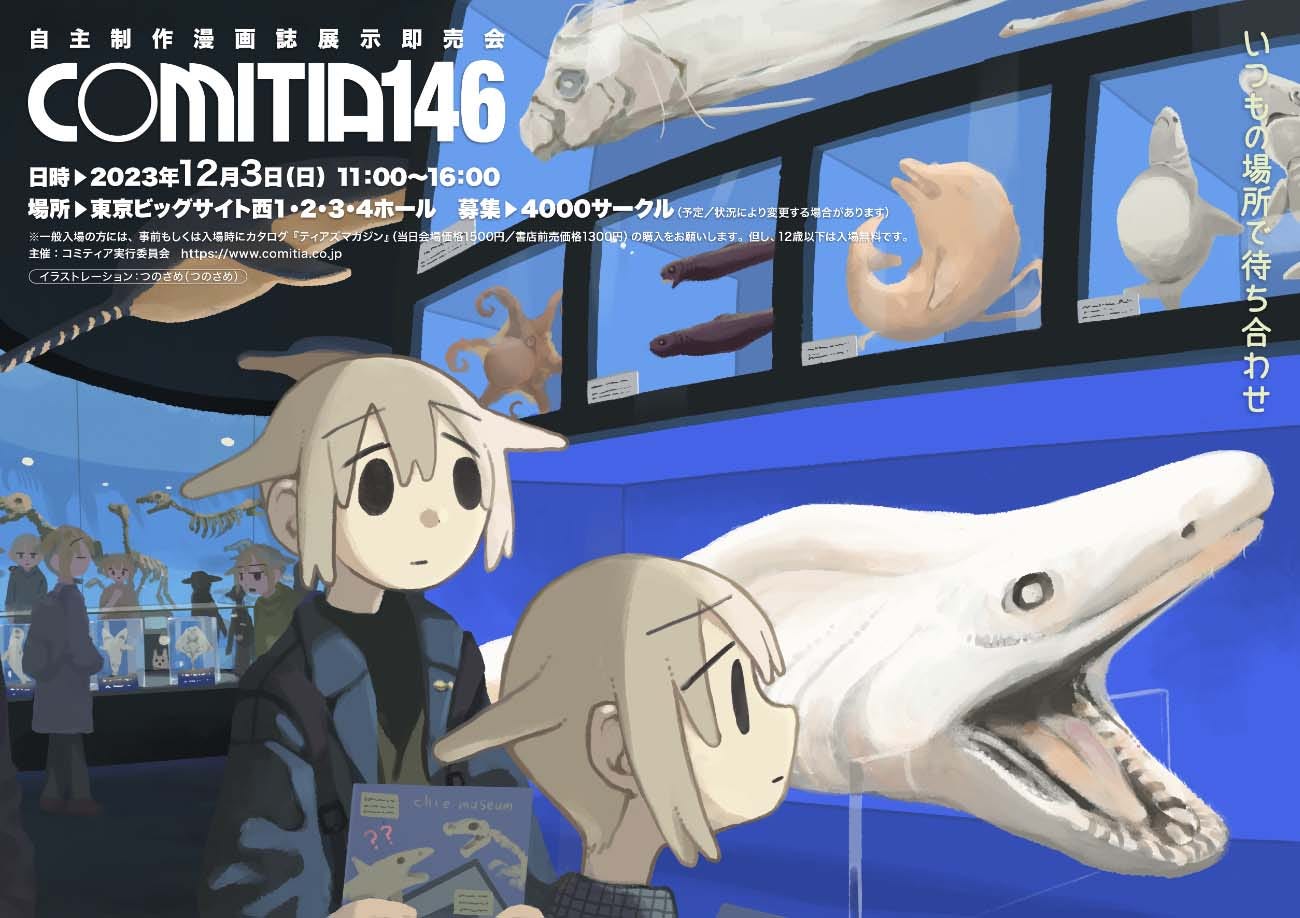


Who wrote this one? Deb?
Never read their work before but very interested! Just backed the Kickstarter with two hours left, looking forward to reading the collection.